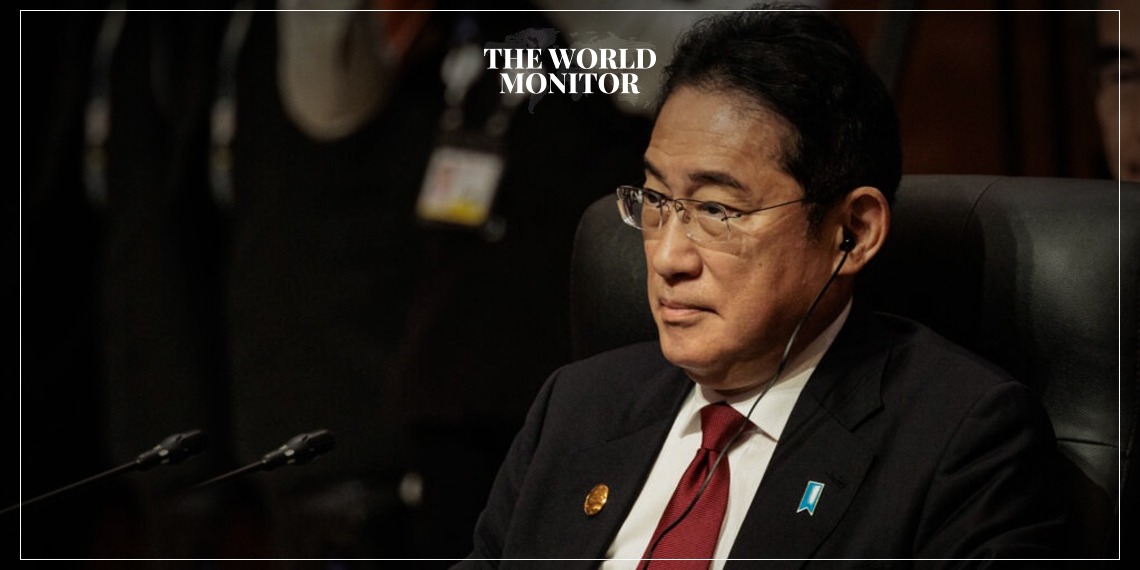In a strategic move aimed at bolstering his leadership position ahead of a crucial party leadership vote next year, Japanese Prime Minister Fumio Kishida conducted a cabinet reshuffle on Wednesday, introducing a new defense minister and appointing the nation’s first female foreign minister since 2002.
In a notable shift, Kishida elevated the representation of women in his Cabinet, appointing five female ministers out of the 19-member team. This initiative seeks to counterbalance his previous male-dominated Cabinet, which included only two women. Notably, the number of women in the Cabinet now equals the count in two prior Japanese Cabinets, those of 2014 and 2001.
Among the five newly appointed female ministers, former Justice Minister Yoko Kamikawa stands out as she takes on the role of foreign minister, succeeding Yoshimasa Hayashi. Kamikawa’s appointment is significant, given her previous role in approving the hangings of a cult leader and six associates in 2018, following a deadly 1995 subway nerve gas attack.
Minoru Kihara, a member of the governing Liberal Democratic Party’s national security committee, assumed the position of defense minister, succeeding Yasukazu Hamada.
Addressing the media following the swearing-in ceremony, Prime Minister Kishida emphasized that the revamped Cabinet reflects his determination to adapt to rapid economic, security, and technological changes and transform them into national strengths.
Kishida outlined three key policy objectives for his administration: combating deflation, strengthening diplomacy and national security, and implementing measures to address Japan’s pressing challenges of rapid aging and declining population.
This marks the second Cabinet reshuffle since Kishida’s inauguration in October 2021, during which he pledged a more equitable distribution of economic growth, initiatives to tackle Japan’s demographic decline, and a fortified national defense. Throughout his tenure, challenges like Russia’s conflict in Ukraine, surging energy prices, and escalating defense costs have kept his approval ratings relatively low.
Kishida’s current three-year term as the leader of the conservative Liberal Democratic Party (LDP) is set to conclude in September 2024, with expectations of seeking a second term. Given his faction’s position as the fourth largest within the party, Kishida must maintain positive relations with other influential factions to secure his leadership.
In an effort to strike a balance of power within his Cabinet, nearly half of the ministerial positions were allocated to the two largest factions linked to the late former Prime Minister Shinzo Abe and former leader Taro Aso.
Several key ministers, including Yasutoshi Nishimura (Economy, Trade and Industry Minister), Shunichi Suzuki (Finance Minister), Taro Kono (Digital Reform Minister), and Sanae Takaichi (Economic Security Minister), retained their roles in the reshuffled Cabinet, underscoring continuity in certain critical portfolios.






